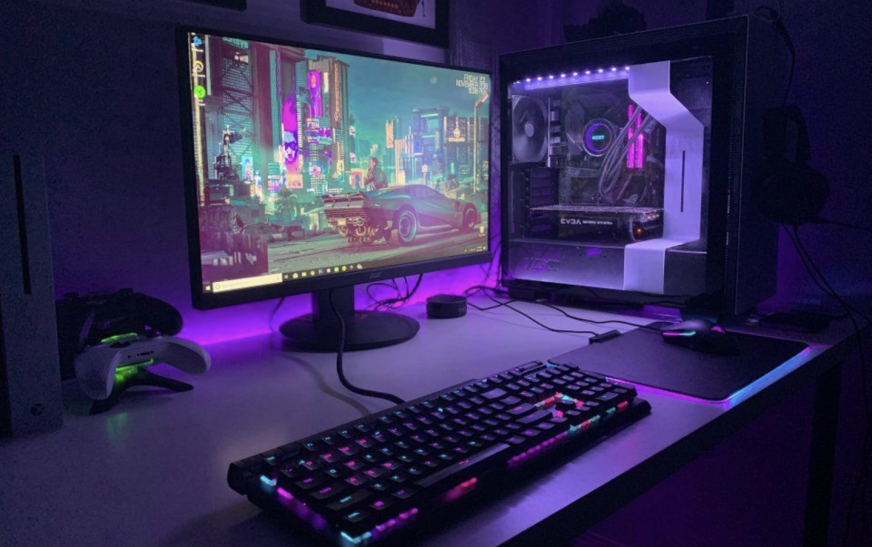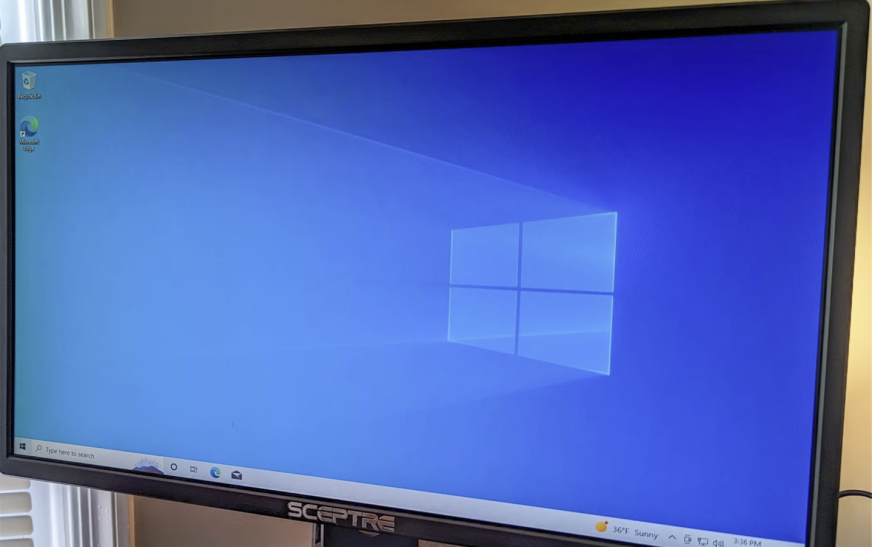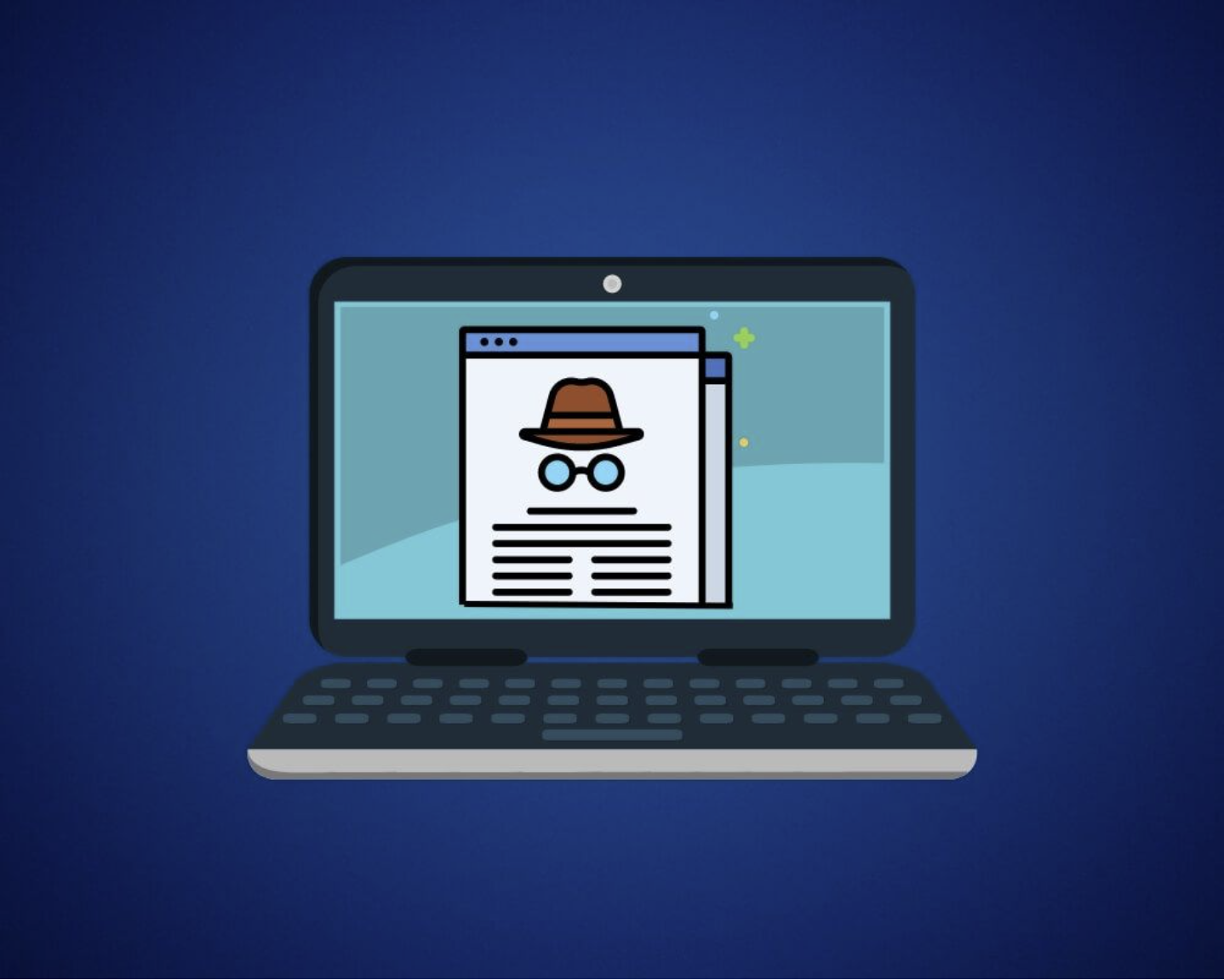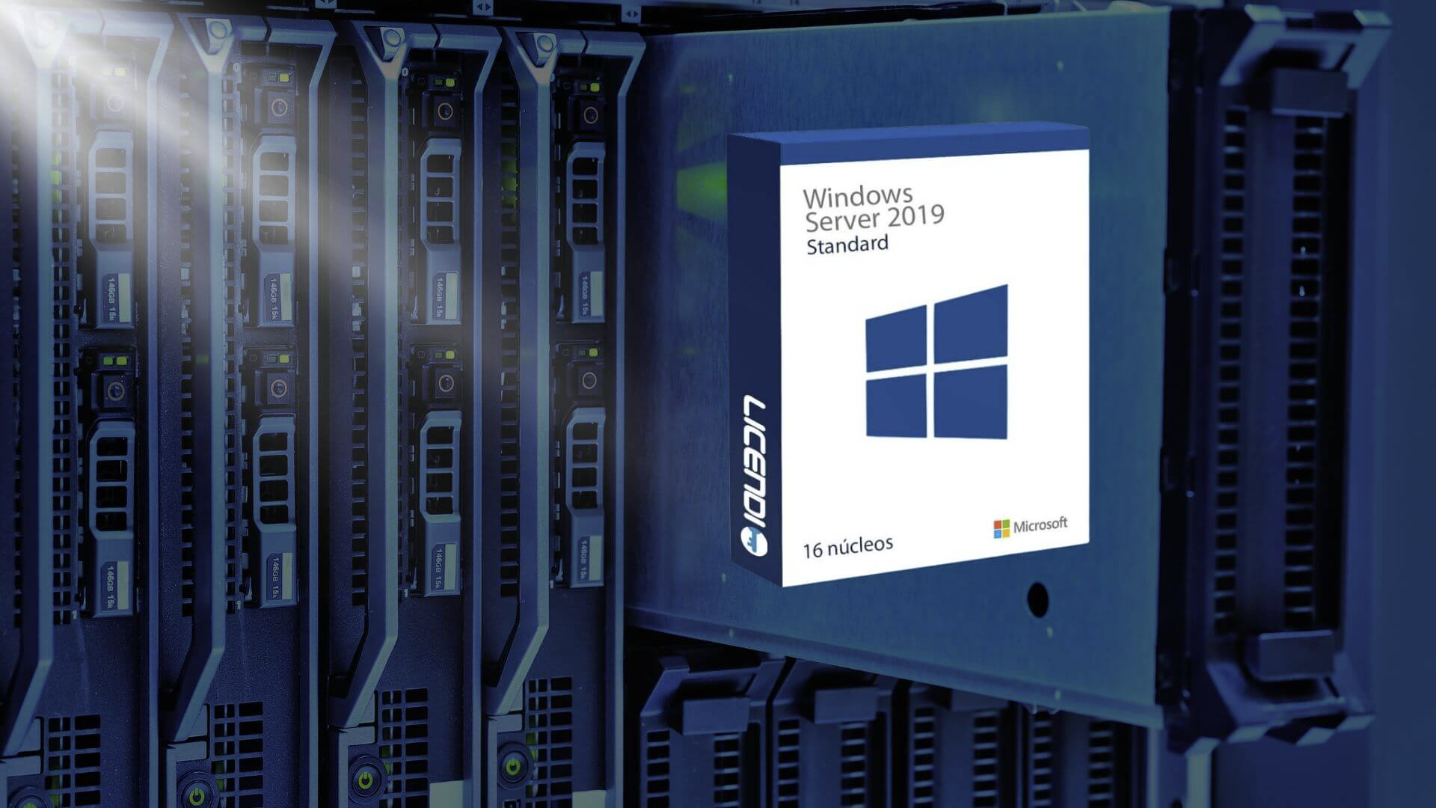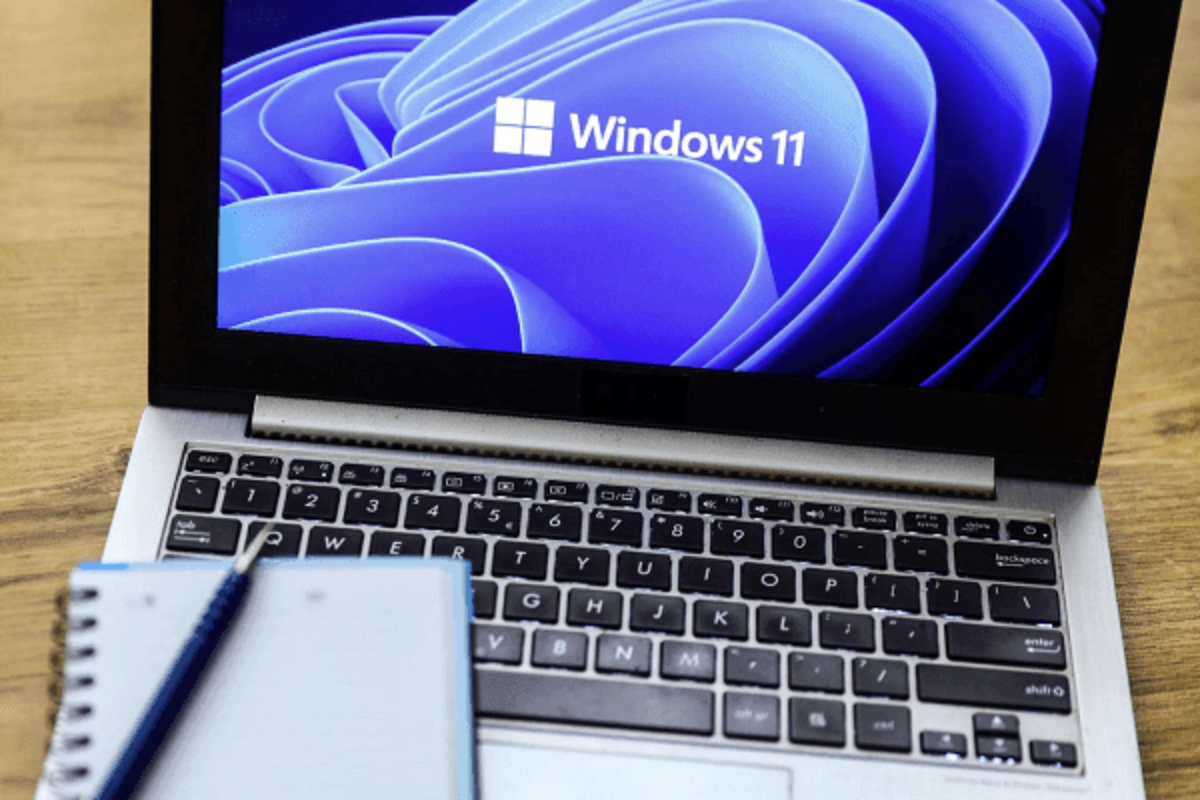
Windows is one of the most popular operating systems worldwide, developed by Microsoft, a leader in the tech industry. Over the years, Windows has dominated the OS market, consistently challenging other systems. In its early days, Windows was command-line-based, making it difficult for users. However, it later introduced the graphical user interface (GUI), which made it user-friendly and accessible to those without programming knowledge. The latest version, Windows 11, has its share of issues, as with any new product, and many users face problems after upgrading. One common issue, especially for those with AMD processors, is a noticeable drop in system performance, particularly while gaming. Let’s dive into some common problems users experience when upgrading to Windows 11 and how to fix them.
Windows 11 Installation Problems
If you’re having trouble installing Windows 11, don’t worry. Windows 10 comes with a built-in troubleshooter that can help identify and resolve issues. Simply open the Settings window, go to “Troubleshoot,” then select “Windows Update” and launch the fixer. Follow the on-screen instructions, and it should help resolve the problem.
Check Your System Specifications
As with any software, your hardware needs to meet certain specifications for Windows 11 to run smoothly. Check that your system meets the minimum hardware requirements for Windows 11. You can find these specifications on Microsoft’s official website. While Windows 11 will work with the minimum requirements, for the best experience, it’s recommended to upgrade only systems that exceed the minimum specs.
Compatibility Check
Once your system meets the hardware requirements, it’s time to check compatibility. Microsoft has a tool called the PC Health Check that helps you assess whether your system is ready for Windows 11. Simply download and run the program, and it will tell you if your machine is compatible. If everything checks out, you should see a prompt saying that the upgrade can be performed.
Windows 11 Won’t Boot Due to TPM
If the compatibility checker indicates that your system is not compatible but your hardware meets the requirements, the issue could be with your TPM (Trusted Platform Module). Most modern CPUs have built-in TPM support, but it may not be enabled in the BIOS. For Intel CPUs, you’ll need to enable TPM, and for AMD-based CPUs, you’ll need to enable the PSP (Platform Security Processor) in the BIOS. Once activated, rerun the compatibility tool, and this should allow the upgrade to proceed. Without TPM, you’ll likely see an error saying that your system doesn’t meet the requirements. While there is a workaround to bypass this error, it’s not recommended due to potential risks.
Free Up Disk Space
Windows 11 requires a minimum of 64GB of free space for installation. If your primary drive is nearly full, you may encounter issues when trying to install the OS. Check your disk space by searching for “Disk Cleanup” in the taskbar, select the system disk where the OS is located, and clean up unnecessary files. Be careful when deleting files, as they cannot be recovered. After clearing space, try the installation again.
Common Issues After Installing Windows 11
Once Windows 11 is installed, there are a few common issues users face.
Search Not Working in the Start Menu
Some users have reported that the search feature in the Windows 11 start menu doesn’t work properly. While there are alternative ways to search, if you prefer using the start menu, this can be frustrating. A temporary fix is to open the Run window, which seems to activate the search bar. This method is not an official solution, but it works until Microsoft provides a fix.
File Explorer Looks Like Windows 10
After upgrading, some users find that File Explorer resembles the layout from Windows 10. To fix this, go to File Explorer, then navigate to “View” > “Options” > “View,” and uncheck the box labeled “Launch folder windows in a separate process.” Restart File Explorer, and the layout should be updated to match Windows 11.
Memory Issues
There have been reports of memory problems, particularly with File Explorer using RAM even after closing. While Microsoft has not officially acknowledged this issue, a potential fix is to restart your system or reboot File Explorer. You can monitor memory usage through the Task Manager to see if this resolves the problem.
These are some common issues encountered during the installation and use of Windows 11, but with the right troubleshooting steps, most problems can be resolved.




